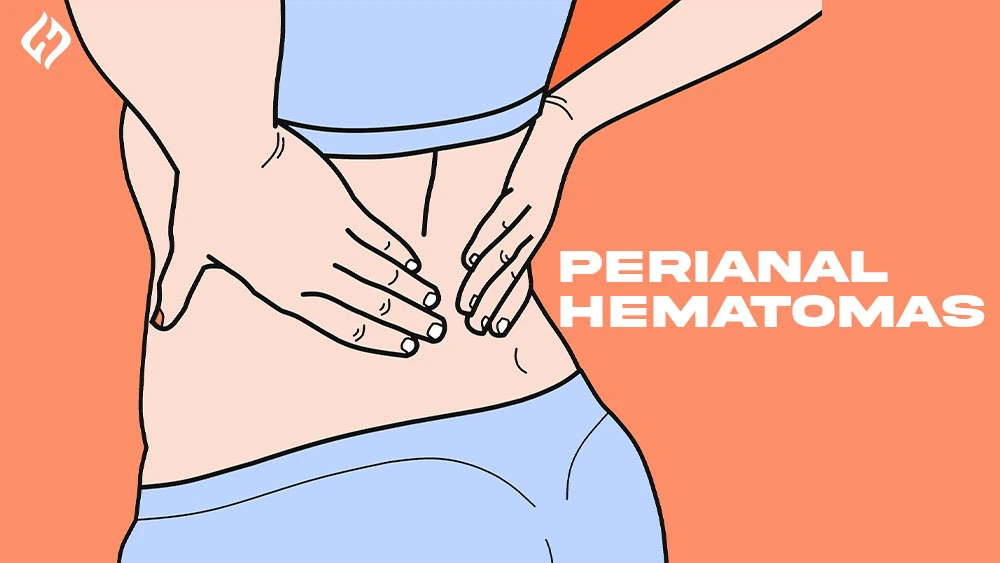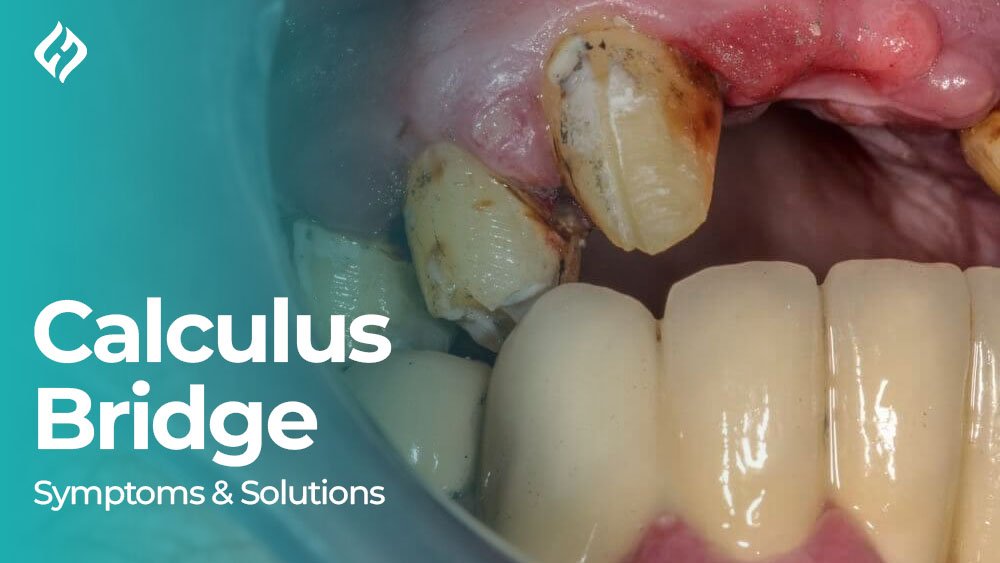Do you ever think that if you exact more pressure, it will damage or rupture your anal veins? A Perianal Hematoma usually occurs when the blood vessel ruptures very near to the Anus. It causes blood to pile under the skin of the body.
This results in a severe, painful, purplish, bluish lump that is so dangerous and looks like a sore. It is a mistake for external haemorrhoids, while many differences benefit its diagnosis.
This usually occurs on the outside of the Anus, but haemorrhoids can form inside the rectum, or sometimes it protrudes toward the outside.
Causes of Perianal Hematomas: Common Triggers
The rupture of blood vessels, which are present near the anus area because of more pressure, is seen as a result of parietal hematoma. Constipation is a common cause of rupture of the vessels because, in constipation, people exert more force to release their faeces. Several other factors also cause this returnee of ships. Some of the most common causes include:
- Straining from constipation: Passing hard stools in the form of faeces puts more pressure on releasing them on the anal veins.
- Heavy lifting: Lifting high weights, like in gyms, also increases the pressure on the anal region suddenly, which results in a rupture of veins.
- Anal trauma: Any injury or faced incident with the anal region also causes the blood vessels to damage.
- Anal sex: Putting so much force and doing this repeatedly during anal sex causes a rupture of the vessels.
- Pregnancy: Increased pressure suddenly while giving birth to a child also increases the risk of parietal hematomas.
- Sedentary lifestyle: Sitting for long periods and not doing any practical or running exercise also increases the pressure on the Anal veins and results in the form of these hematomas.
- Medical procedures: Anal practices during some medical treatments also cause the damage to blood vessels.
- Bleeding disorders: Conditions like haemophilia in which blood clotting is challenging. It also increases the risk of this type of hematoma.
By understanding this cause, you can save yourself from having this health risk of hematoma.
Diagnosing a Perianal Hematoma
Diagnosing this hematoma is typically done through a physical examination by a healthcare provider or doctor in a hospital. During its diagnosis, we as a doctor look at the following things:
- Dark, bluish or purple colour mass of blood near the anal region.
- Painful swelling occurs near the Anus, which is sensitive to exact pressure.
- Warmth or tenderness around the mass or lump.
Unlike haemorrhoids, it is not confined to the inner walls of the Anus. It lies on just the outer side of the Anus. External haemorrhoids may sometimes follow these symptoms, but they can appear inside the rectum. You must consult a professional diagnostician to differentiate between the two conditions.
Recognizing the Symptoms of a Perianal Hematoma
The symptoms of this perianal hematoma are easier to identify than other hematomas. Its symptoms include;
- Painful lump: The painful lump or mass is formed near the ansu, a dark blue or purple swelling that varies in size.
- Swelling: The surrounding area of the damaged vessels is swollen and looks tender.
- Pain: The intensity of pain varies according to the size of the lump. If the size of the lump is more significant, it could be more painful.
- Pressure sensitivity: Sitting in one place for an extended period and applying pressure on the area increases discomfort.
- Bleeding: Sometimes b, bleeding occurs in a small amount when the clot or vessel breaks.
If this hematoma heals on its own, it should be accurate, but you have to know that the pain exists for several days, like blood clots.
Treatment of Perianal Hematomas: Managing the Pain
Most perianal hematomas heal on their own in a week. They don’t need any medical treatment, but treatments are done to relieve you from the pain and discomfort.
- Cold compress: Apply a cold compress to the damaged area, and it can help reduce the pain and swelling.
- Warm sitz baths: Take a bath with warm water, sit for some time, or soak yourself in warm water. This can help to relax the muscles and decrease the level of discomfort.
- Pain relievers: Take medications to reduce the pain, like ibuprofen, which helps to manage the severity of pain.
- Dietary adjustments: A diet which is full of fibre controls constipation, which helps to prevent more strains on the anal veins through pressure.
- Doughnut pillow: Sitting on the doughnut-shaped pillow rather than the simple pillow reduces the pain level or minimizes the pressure on the area affected.
- Good hygiene: Gently cleaning the area with soap and warm water also helps reduce the irritation and infection on the damaged vessels.
When to Seek Medical Attention?
The perianal hematoma recovers on its own in just a week. It heals naturally, but keep in mind to consult with the doctor if the lumps around the affected area become more prominent and more painful or if it does not improve after a week or two. Seek medical attention if you see;
- The lumps around the affected area become larger.
- You feel a severe pain that is not bearable for you.
- You see a noticeable bleeding.
- The hematoma turns into an infection, showing the signs of redness and warmth of pus.
In sporadic cases, perianal drainage is necessary for healing if the hematoma is significant. This procedure involves blood drainage through small incisions, which helps relieve pressure on the veins.
Preventing Future Perianal Hematomas
To decrease or end the risk of having this or another hematoma again, consider these preventive measures that will help you not gain any hematoma in the future.
- Avoid straining: Drink at least 14 glasses of water to stay hydrated and eat fibre-rich foods to prevent constipation.
- Exercise regularly: Physical activity like gym workouts improves blood circulation, which helps to strengthen resting lifestyle risks.
- Use proper lifting techniques: Don’t lift heavy objects without support.
- Postpartum care: For women who have given birth to a child recently, don’t put any force on the pelvic girdle and take care of the pelvic health to reduce the pressure during labour or delivery.
Conclusion: Key Takeaways
A perianal hematoma is managed efficiently, but it is a painful condition. Taking proper care means most cases are resolved independently in just a week. But if the symptoms stay for an extended period and you don’t see any recovery, seek medical attention for the correct diagnosis and treatment.
Implementing this prevention, such as proper hydration, regular exercise, and not sitting for too long periods, is important. Through this, you can reduce the risk of gaining it again. If you notice the signs of this hematoma, don’t hesitate to consult your doctor for proper treatment. Early consultation with a doctor or health care professional helps you heal earlier and prevents you from future complications.
Call to Action
If you are experiencing the symptoms of anal damage or anal hematoma, or if you see that is condition is not improving after a week. It’s very important to consult with the doctor. A professional diagnosis can help you to reduce discomfort and prevent you from any complications. Don’t wait. Take control of your health now and seek medical attention today for mind relaxation and a smoother recovery.
Have Your Say
Now, I have a question for you.
Have you ever experienced a perianal hematoma or any similar symptoms? How did you manage the discomfort? Please share your experience with my question in the comment section.
Also Checkout: Is Scoliosis a Disability? Understanding Its Impact and Support Options
















